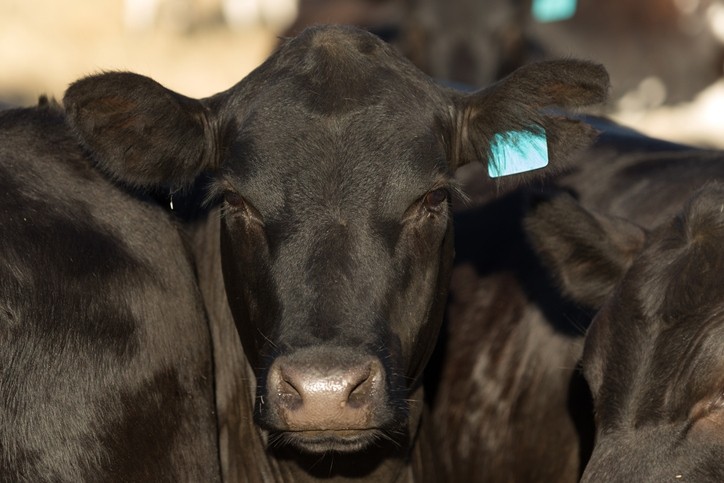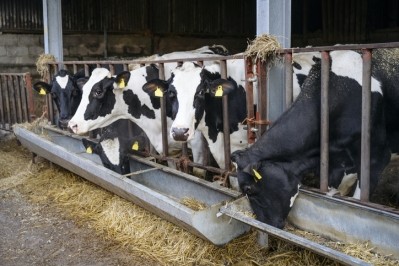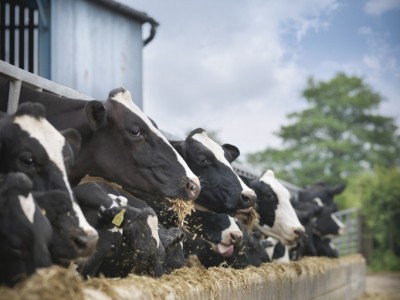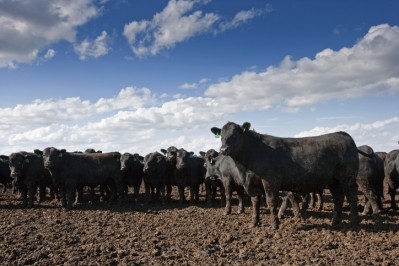Methane blocker developer CH4 Global aiming to achieve gigaton scale impact before 2030: ‘There is enormous market pull’

Founded in 2018, the company is headquartered in Henderson, Nevada, in the US, with subsidiaries in Australia and New Zealand.
It is establishing Eco Parks in Australia and New Zealand for land cultivation of seaweed, and is in the process of building its first commercial scale processing facility, the location of which is currently being finalized.
Earlier this month, CH4 Global launched a new methane reducing feed formulation for beef feedlot cattle, based on Asparagopsis seaweed, called Methane Tamer Beef Feedlot. The product is initially available to partners in Australia such as CirPro and Ravensworth, with global market expansion set to follow.
Australia has approved the use of Asparagopsis for methane emissions reduction in cattle.
When processed correctly, Asparagopsis has been scientifically proven to reduce methane emissions in cattle by up to 90%, and without negative effects on animal welfare or beef quality taste or texture, said the developer.
Asparagopsis seaweed contains bromoform (CHBr3), which is a key ‘active’ ingredient in CH4 formulations. When fed to cattle, bromoform disrupts enzymes of the gut microbes that live in the animal’s gut and produce methane gas as waste during digestion.
Building a scalable, profitable platform
Steve Meller, CEO and founder of CH4 Global, gave us deep dive into how the company is working to reduce methane emissions in cattle, how it is keeping a lid on production costs, and how it will meet its long-term global ambitions.
The company’s goal is to build a platform that can quickly scale and be highly profitable.
“We are currently raising a Series B round; we are about halfway through that. The purpose of the round is financial validation [of our platform]. We now understand enough about the science and the technology of the process, and we understand the pieces that are important for the commercial scaling of it.”
The team is focused on incorporating all that knowledge, then building and operating a facility in a way that can generate substantial gross profit margins. “That will really make the difference between us being just a local supplier of a product and being an entity that can be scaled globally.”
Large organizations who lend infrastructure capital, he said, do so because they have determined the business can operate at the right sorts of profit margins that enable that loan to be paid back in a meaningful and viable way: “Businesses that operate on single digit or low double-digit profit margins do not have a chance to expand or grow in any significant way.”
CH4 Global, he continued, has found a novel way to drive down the costs of growing and processing Asparagopsis, while preserving the bioactivity of the final product.
“In October last year, we filed patents related to the expensive parts of production: the growing out of the seaweed at large scale and the processing of it. We have found ways to decrease the costs of those parts of the process tenfold.
“And what that means for our overall end to end production and our final product costs is that they will be significantly lower than the costs anyone else in this competitive space is facing today or is likely to face in the near future,” said the CEO.
Production model
The CH4 Global EcoPark strategy is based on cultivation in ground, and, to a lesser extent, in tanks, thereby safely enabling Asparagopsis aquaculture in regions where the seaweed is non-native.
In terms of its final production model, the goal is to have a kind of hub and spoke structure, with a centralized processing facility and multiple growing sites feeding into that, one can be replicated in multiple markets.
“And we have adapted like most start-ups; we were originally planning to grow much of our seaweed in the ocean. There are incredible benefits that you can derive from ocean farming, but as we learned more about the process, it became readily apparent that it was just not going to be scalable, from a standpoint of profitability. So, we have moved into growing it on land,” explained Meller.
The company continues to source “native material” from the ocean when needed for R&D purposes.
While there are additional costs attached to land cultivation of the seaweed, from buying the land and the growing vessels to supplying the required nutrients, the founder maintains that this approach gives it a much higher level of control.
Bioactive concentrations
The objective is to increase the amount of bioactive compounds per unit of biomass in the plant during the growing phase. “It is about understanding the science, the biology and finding ways to tweak that. There is not just one way to do it. We have found a strategy that seems to work for us. We have dramatically increased the amount of bioactives in our propagated material – we are seeing a four to eight-fold increase. In fact, we have done work in the lab that shows we could even be tenfold higher than where we were a year ago,” explained the CEO.
The company invested time in trying to find a way to preserve most of the bioactive compounds at low cost. While not disclosing the drying method selected, its recent data shows that it has found a way to ensure just under a 5% loss in biological activity. “We get twice as much activity than what we would have got using a freeze-drying method, and the costs are dramatically lower.”
The process results in a flowable powdered material, which gives the company a vast range of formulation choices, with the type of product needed for a feedlot cow quite different from that required for a grazing animal, said Meller.
Methane reduction in pasture-based production is not an easy fix. However, CH4 Global’s R&D experts are on the case, they will spend the next 12-18 months evaluating and validating formulation approaches for grazing cattle.
Alliance building
As the company continues its expansion, it intends to establish relationships with three distinct kinds of customers:
“Our primary premise, the reason we exist, is impact on climate change at scale, and with urgency. So how do you do that? It will not be by selling directly to a farmer. That will not help us meet that objective. The farmer will be the user, but we need to find customers that have substantial operational footprints, who control every aspect of the value chain, for large scale uptake.
“If you think about ice cream, yoghurt, cheese, and chocolate products, they all have milk related derivatives in them. Companies that sell and market those have a strong desire to have a lower carbon footprint. And we have several large corporations in that supply chain in current negotiations with us.
“Then there are other potential customers, who are not in that value chain, but who are in the hard-to-abate industries like steel, oil, and gas. They have a different objective, but they still have a high interest in terms of what we do and there are potential partners in there who were negotiating with as well. There is enormous market pull.”
Finally, there are governments open to further discussion with the developer as well:
“We have several countries who we are engaged with at the moment. It is a rapidly changing world around what can and cannot be done in various jurisdictions, and that will continue to change. We cannot force it. But we have to be opportunistic as things come up.”
CH4 Global’s methane-reduction roadmap includes a five-year target of reaching 150 million cattle—10% of the world total—on all six habitable continents, which will prevent the emission of one gigaton of CO2 equivalent.








